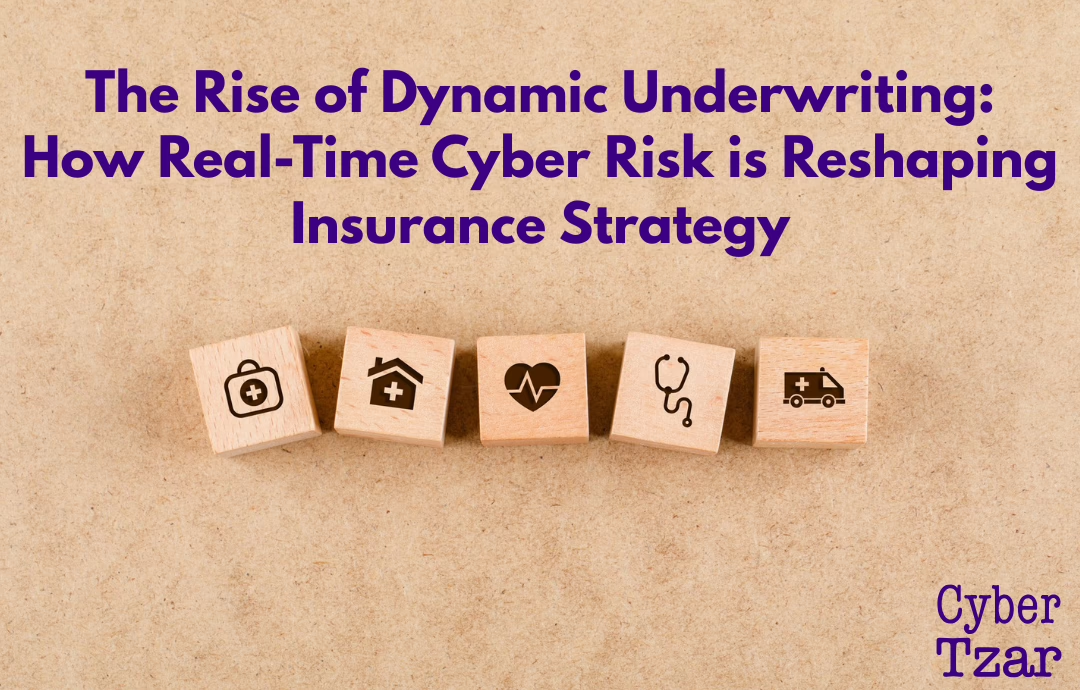A few months ago, a fast-growing UK software firm suffered a data breach. The source? A third-party analytics provider whose security controls had drifted since the last annual review. Their score looked fine. The audit box was ticked. But no one noticed that an unpatched API was left exposed.
📉 The breach cost the firm a major contract — and revealed a deeper truth:
One-time audits can’t catch change.
In 2025, the stakes are too high for static third-party risk management (TPRM). Cyber threats are live. Regulators expect evidence. Customers demand continuity. And boards want clarity.
Audits can’t see change.
Audits can’t catch drift.
Audits can’t alert you at 2AM.
Monitoring can.
Why One-Time Audits Are Failing
🕒 They’re outdated on arrival – Risk moves faster than audit cycles
🧾 They rely on vendor self-reporting – Intentional or not, overstatements happen
📑 They drain resources – Long-form reviews that lead to little action
📦 They stop at Tier 1 – Most attacks now involve Tier 2/3 suppliers
⚠️ They lack early warning – You find out something’s wrong when it breaks
A vendor can look great in March and be your biggest exposure by May.
What Continuous Monitoring Offers Instead
Instead of an occasional snapshot, you get a live feed of supplier cyber health — with real signals, real changes, and real-time insights.
✅ Automated scans – Monitor external infrastructure and public-facing services
✅ Live alerts – Get notified when posture degrades
✅ Hygiene trendlines – Spot whether suppliers are improving — or regressing
✅ Benchmarking – See how vendors compare across your portfolio and sector
✅ Downstream visibility – Monitor beyond your direct suppliers
✅ Framework alignment – Supports NIS2, DORA, ISO 27036, Cyber Essentials
Continuous monitoring makes TPRM a resilience function, not just a compliance task.
📈 The Strategic Benefits of Going Real-Time
-
🔍 Catch vulnerabilities earlier – Reduce breach likelihood
-
📉 Lower insurance premiums – Prove dynamic risk reduction
-
📊 Support better decision-making – Use historical context and trends
-
🔗 See deeper into the chain – Expose Tier 2 and Tier 3 threats
-
🛡️ Improve cross-supply chain resilience – Spot risks before they spread
You’re not just assessing risk — you’re actively managing it.
💡 How to Start Building a Continuous Monitoring Capability
Here’s how mid-sized businesses can get started without overwhelming complexity:
| Step | Action |
|---|---|
| 1️⃣ | Map your supply chain — Focus on vendors handling sensitive data or operational dependencies |
| 2️⃣ | Use non-intrusive scanning — Monitor public-facing assets without needing vendor logins |
| 3️⃣ | Prioritise by risk — Not all suppliers need the same depth of monitoring |
| 4️⃣ | Integrate into procurement — Share dashboards, not static PDFs |
| 5️⃣ | Align with frameworks — Map your output to ISO 27036, DORA, or NIS2 for audit readiness |
🤝 How Cyber Tzar Makes It Simple
Cyber Tzar is designed for teams that want real-time risk management without the heavy lift.
✅ External vulnerability scans – No vendor logins needed
✅ Tiered supplier risk scoring – Contextualised by data access, exposure, and sector
✅ Live alerts – Monitor drift and surface hygiene issues fast
✅ Supply chain mapping – See who’s behind your vendors
✅ Audit-ready reporting – Built for insurers, auditors, and boards
We help transform your TPRM from reactive to resilient — and make continuous monitoring attainable.
📡 Want to see which of your suppliers are slipping — before the headlines tell you?
Start your continuous monitoring journey at cybertzar.com

